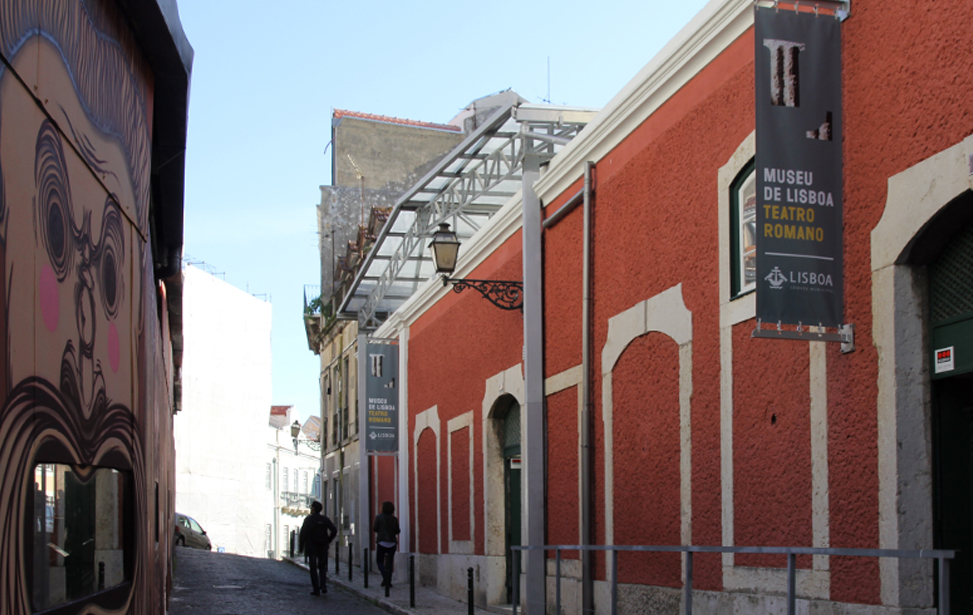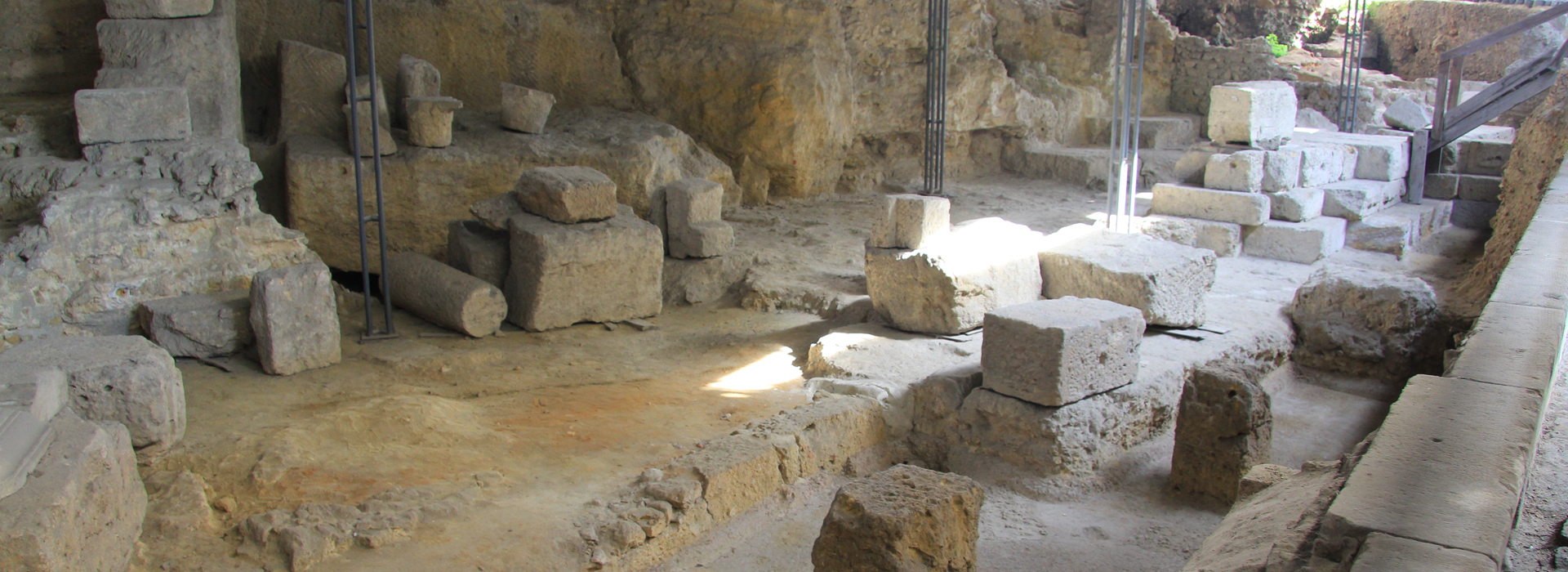
Roman Theatre Museum
The amphitheatre was originally constructed during the reign of Emperor Augustus (63 BC to 14 AD). Later in 57 AD, as the city's importance grew, the amphitheatre was enlarged and dedicated to Emperor Nero. The order of seating followed Roman social status with the front steps reserved for the ruling classes, the military and civil servants occupying the centre with the citizens and successively freed slaves who had to stand and, finally, in the covered porch, were the women. By the 4th Century Anno Domini however the amphitheatre fell out of use and during the great earthquake of 1755, it was buried under rubble only to unearth again during the 1960s.
The site remains only partially excavated. Most of the stone was pillaged during the middle ages. With a little imagination, one can envision how the amphitheatre would have looked. It has a dedicated museum across the street, the Museu do Teatro Romano, which contains columns, inscriptions, statues, including a sculpture of Silenus and an inscription dedicating the theatre to Nero. Everything is explained by the use of multimedia information points and multilingual video touch screens. Located behind the cathedral, on the road leading up to the Miradouro Santa Luzia, it's well worth visiting the Museu do Teatro Romano and archaeological site if passing. Entrance is free and the visit delivers insight into Lisbon's ancient past.
Tuesday to Sunday: 10h00 - 13h00/14h00 - 18h00. Monday: CLOSED | Entrance: FREE
Contact Details
3A Rua de São Mamede, 1100-532, Lisbon, Portugal. | 38° 42' 37.3"N | 09° 07' 57.1"W
+351 215 818 530 | info@museudelisboa.pt | Website
The site remains only partially excavated. Most of the stone was pillaged during the middle ages. With a little imagination, one can envision how the amphitheatre would have looked. It has a dedicated museum across the street, the Museu do Teatro Romano, which contains columns, inscriptions, statues, including a sculpture of Silenus and an inscription dedicating the theatre to Nero. Everything is explained by the use of multimedia information points and multilingual video touch screens. Located behind the cathedral, on the road leading up to the Miradouro Santa Luzia, it's well worth visiting the Museu do Teatro Romano and archaeological site if passing. Entrance is free and the visit delivers insight into Lisbon's ancient past.
Tuesday to Sunday: 10h00 - 13h00/14h00 - 18h00. Monday: CLOSED | Entrance: FREE
Getting to the Museu do Teatro Romano
714 732 736 737 760 | 12E, 28EContact Details
3A Rua de São Mamede, 1100-532, Lisbon, Portugal. | 38° 42' 37.3"N | 09° 07' 57.1"W
+351 215 818 530 | info@museudelisboa.pt | Website
Olisipo - Roman Lisbon
Following the defeat of Carthage during the Second Punic War, victorious Rome claimed Hispania as its prize. The Roman general Scipio Africanus defeated the Carthaginians in Eastern and Southern Hispania. The pacification of Iberia soon followed. After Olisipo fell, it was awarded a Municipium where city officials were allowed self-governance. They had even allied themselves with Roman troops against northern Celtic tribes. The populace of Olisipo enjoyed the privileges of Roman citizenship whilst also belonging to the Galeria tribe. Now an important settlement within the Roman province of Lusitania, it was necessary to fortify the city against raiding regional Lusitanian Celtic tribes. Inhabited with the city walls a minority population of Greeks who have been trading here decades before. The name Olisipo is derived from legends of Ulysses from Greek myths.
As the political situation settled down and the process of Romanisation complete, the fortunes of Olisipo grew. Goods such as the much-prized Garum fish sauce, Wine, Salt, Olive Oil and the famous Horses, left the docks of Lisbon destined for all four corners of the Roman world. Olisipo was connected by road to Western Hispania's two other large cities, Bracara Augusta in the province of Tarraconensis (today's Braga), and Emerita Augusta, the capital of Lusitania (now Mérida in Spain).
As the political situation settled down and the process of Romanisation complete, the fortunes of Olisipo grew. Goods such as the much-prized Garum fish sauce, Wine, Salt, Olive Oil and the famous Horses, left the docks of Lisbon destined for all four corners of the Roman world. Olisipo was connected by road to Western Hispania's two other large cities, Bracara Augusta in the province of Tarraconensis (today's Braga), and Emerita Augusta, the capital of Lusitania (now Mérida in Spain).
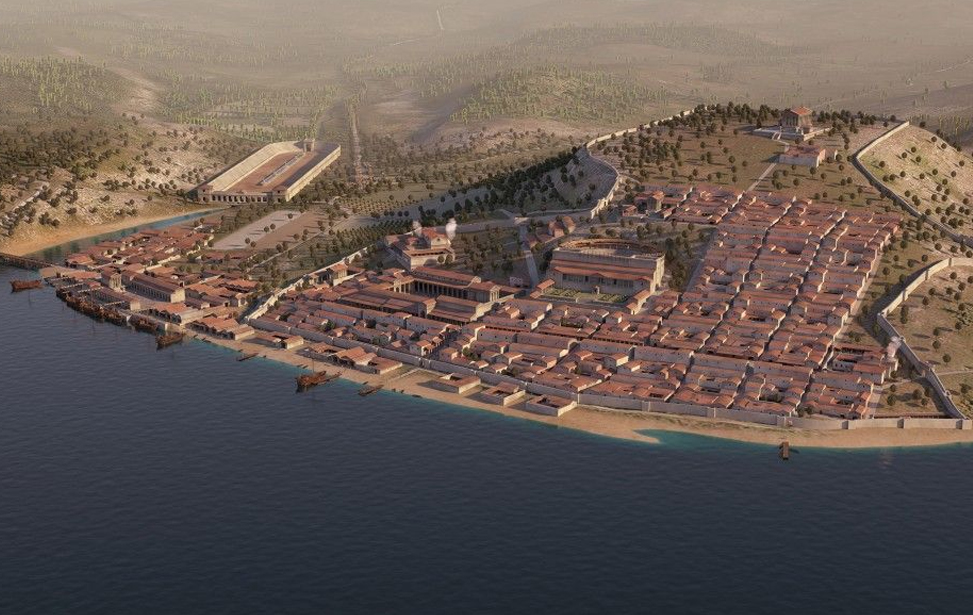
Olisipo - Roman Lisbon
Other Roman sites in Lisbon
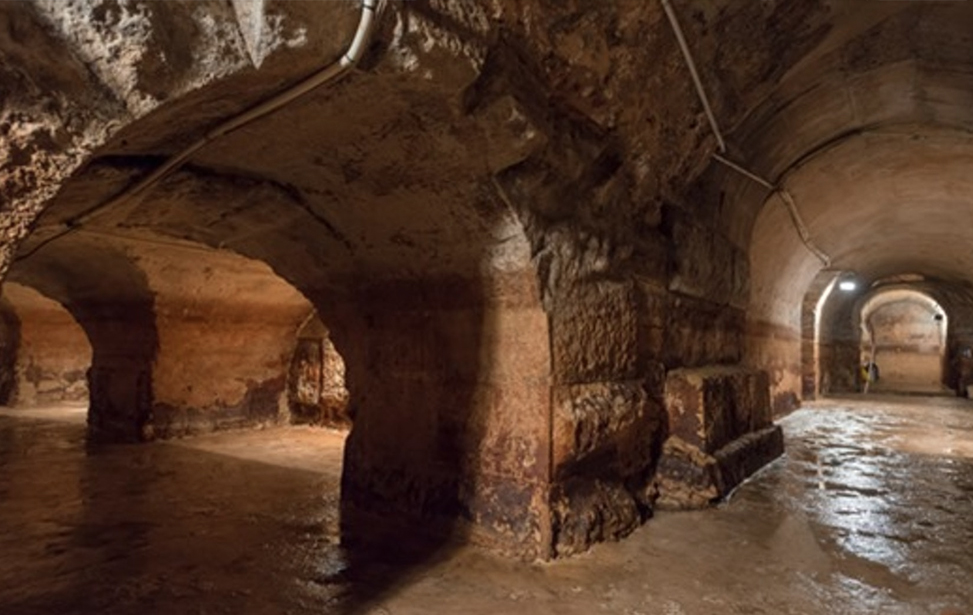
The Roman Galleries (Galerias Romanas)
Buried beneath the Rua da Conceição, in the city's Baixa district, lies a network of Roman tunnels thought to date back to the first century AD. Preserved for centuries, they were discovered during the rebuilding of the city following the 1755 earthquake. The true purpose of these galleries is open to conjecture. Some archaeologists believe they are the foundations of the forum, or perhaps a water storage system or simply just used for storage. For most of the year, the chambers are flooded with groundwater. However, a few times a year, they are drained and opened to the public. Check with Tourist Information for opening dates. A trap door in the centre of the road allows access to the mass of visitors keen to witness this mesmerising subterranean attraction. You need to book well in advance by sending an enquiry to the email address below…Entrance: FREE
Getting to the The Roman Galleries
| 711, 794, 714, 732, 735, 736 | |
| 12 & 28 |
38º 42" 34.8' N | 09º 09" 12.1' W | museudacidade@cm-lisboa.pt
NARC - Núcleo Arqueológico da Rua dos Correeiros
For those interested in the history of Lisbon there's a web of tunnels that runs under the Baixa occupying almost an entire block containing a Roman spa dating from the 1st century AD. Entrance is free via a branch of a Millennium BCP found in the Rua dos Correeiros which runs parallel to the Rua Augusta. The organisation of guided tours, also free take place every day (except Sundays and public holidays) and has already welcomed more than 110,000 people through the doors, including employees, students and teachers.Monday - Saturday: 10h00 - 12h00/15h00 - 17h00, Sunday: CLOSED | Entrance: FREE
Getting to NARC
| 711, 794, 714, 732, 735, 736 | |
| 12 & 25 |
Rua dos Correeiros 21 (NARC entry) 9 (reception desk), 1100-061 Lisbon, Portugal.
38º 42' 35.9" N | 09º 08' 13.5" W | +351 211 131 004 | Website
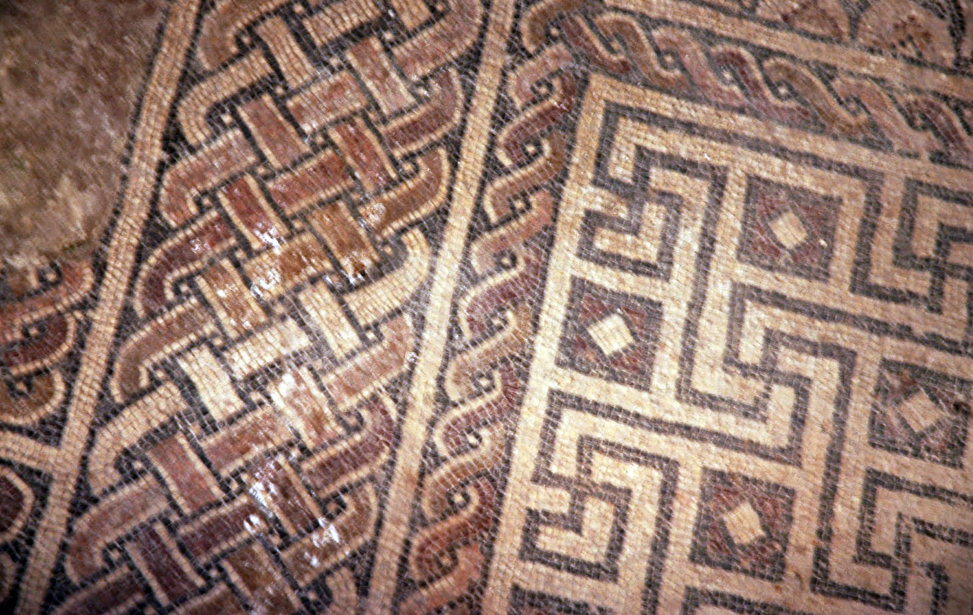


 Lisbon Card Discounts
Lisbon Card Discounts


